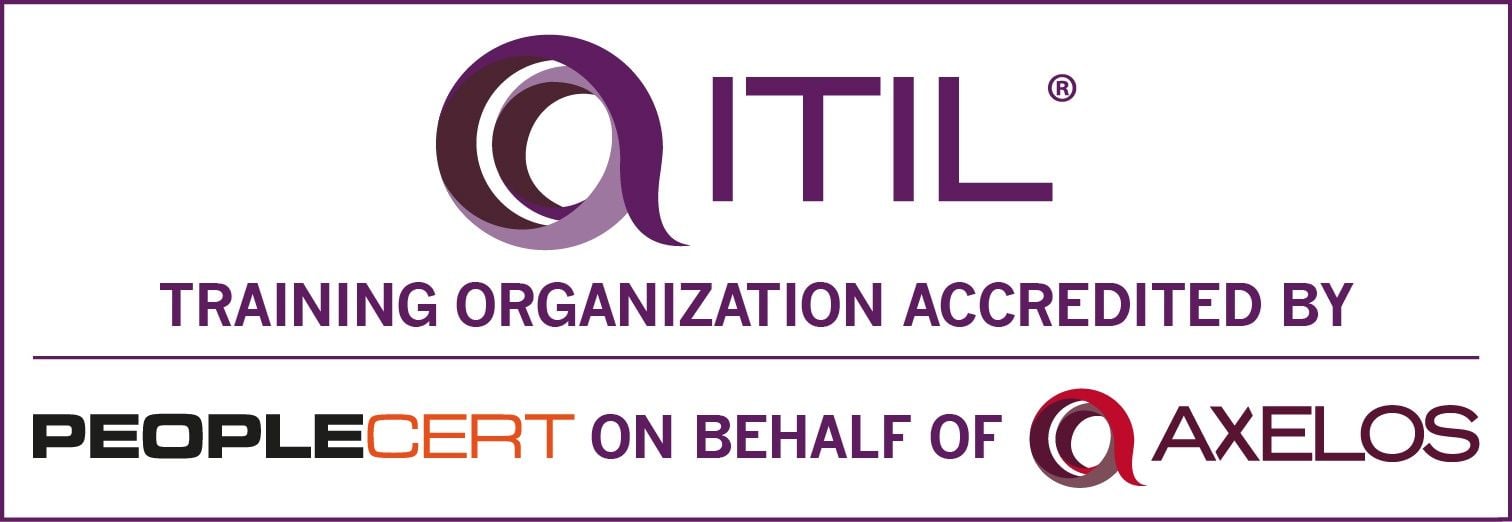Strategically Implementing a Shift-Left Service Plan
A discussion of why owning end-to-end service delivery is critical to your career. In part 1 of 2 in this series, we discuss how to do a thoughtful analysis to determine the best path forward for implementing shift-left strategies within your IT department.
Senior IT executives understand the importance of delivering relevant, seamless, and transparent IT services that are available, reliable, and fast. They leverage Agile Development and DEVOPS methodologies to design and deliver IT and business services that are easy to use, consistent, and have a high degree of satisfaction designed with the customer experience top of mind.These executives position their service desks as the face of IT and a single point of contact (SPOC), prepared to handle all IT issues, requests, and questions. They set goals and KPIs for response time in terms of average wait in queue and abandons, first call resolution (FCR), and customer satisfaction scores (CSI), in addition to service level adherence (SLA) for timely resolution and closure based on priority when assigned to other IT groups.
Maximize Value, Minimize Cost
IT service leaders are under constant pressure to deliver reliable and available services within the budgetary constraints of what a business is willing to pay. They look for opportunities to optimize their support model, extracting repetitive, non-valued inefficiencies and effort that inflate support costs. The shift-left service strategy focuses on moving issue resolution and request fulfillment to the lowest cost level in the tiered-model service organization, with a focus on “one and done” – providing the customer with resolution at the service desk (Level-1) or self-service portal (Level-0).
Creating an effective service strategy requires experience and knowledge into the current pain points of the business and an aligned direction where the service organization can add value. All of this vital information will be collected and contained in the service assessment. Every service leader requires a plan of action for continuous improvement and objectives. It is built around a plan to achieve stated goals and objectives of their service strategy.
This effort is well worth the investment of your time, for it will provide you with the credibility of having a strategy where you can justify your projects, people, and actions, while defecting any non-value-add and misaligned requests into a holding pattern.
Based on what we discussed above, consider taking these three actions:
Know where you are
Assessing your current performance around service strategy, structure, process, people, tools, and metrics is an all-important baseline. Track progress against the continuous improvement roadmap.
Know where you are going
Envisioning the end result is a core part of defining your service strategy. Determine the right outcome for the customer and the business.
Know how you plan to get there.
The continuous improvement roadmap is the result of your gap-analysis assessment against your future state. Decide how you will get from where you are to where you want to be while using established targets of success metrics positioned along the journey. To optimize the service delivery model, it’s important to first determine what’s really important to the business and leverage it as direct input into the service strategy and plan.
Strategically Shifting Left
The purpose of the shift-left service strategy is to simply identify where issues are resolved in the multi-tiered support model and target these repetitive and reoccurring issues for resolution closer to the customer.
A tactical approach for implementing the shift-left service strategy would involve:
- Increasing your first contact/call/level resolution to lower your cost per resolution
- Knowing what types of calls you can resolve at first call/contact
- Knowing which types of calls you immediately assign (and to which teams)
- Targeting call types for your first contact/call/level resolution that are currently being assigned to other IT assignment groups
- Working with Level-2/Level-3 managers to provide training, access, tools, and knowledge articles.
- Beginning to transition all requests, password resets, unlocks, and repetitive “how to” training through the self-service portal (Level-0)
Proactively managing demand ensures that workforce scheduling is optimized and there is the appropriate emergency preparation and plan for managing and handling unexpected call volume spike emergencies.
To read more about the shift-left strategy, click on part 2 of this article.

)
)
)
)
)
)
)
)
)
